questions about terracing a slope
hairmetal4ever
10 years ago
Related Stories

EXTERIORSCurb Appeal Feeling a Little Off? Some Questions to Consider
Color, scale, proportion, trim ... 14 things to think about if your exterior is bugging you
Full Story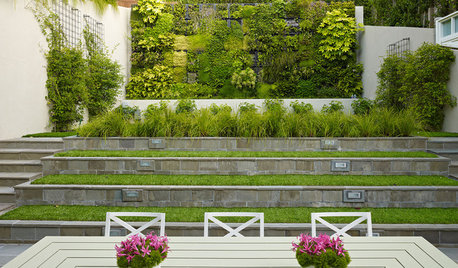
LANDSCAPE DESIGN11 Design Solutions for Sloping Backyards
Hit the garden slopes running with these bright ideas for terraces, zones, paths and more
Full Story
REMODELING GUIDESConsidering a Fixer-Upper? 15 Questions to Ask First
Learn about the hidden costs and treasures of older homes to avoid budget surprises and accidentally tossing valuable features
Full Story
WORKING WITH PROSWhat Do Landscape Architects Do?
There are many misconceptions about what landscape architects do. Learn what they bring to a project
Full Story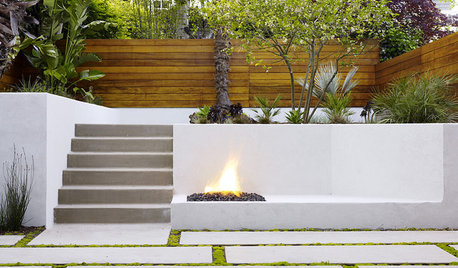
GARDENING AND LANDSCAPINGInspired Designs for Sloped Lots
Get new ideas for outdoor spaces from the lines of your terrain
Full Story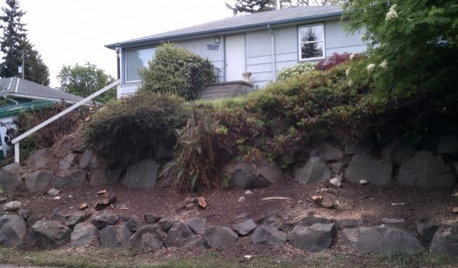
Design Dilemmas: 5 Questions for Design Stars
Share Your Design Know-How on the Houzz Questions Board
Full Story
ECLECTIC HOMESHouzz Tour: Problem Solving on a Sloped Lot in Austin
A tricky lot and a big oak tree make building a family’s new home a Texas-size adventure
Full Story
KITCHEN DESIGN9 Questions to Ask When Planning a Kitchen Pantry
Avoid blunders and get the storage space and layout you need by asking these questions before you begin
Full Story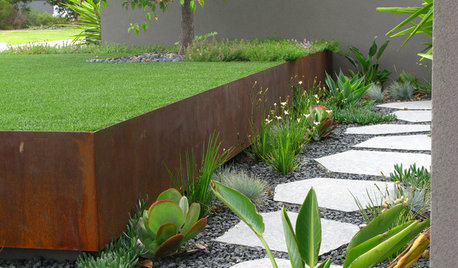
LANDSCAPE DESIGN7 Questions to Ask Before Laying Stepping Stones
These broken-up pathways invite you to put a spring in your step — while adding functionality to the garden
Full Story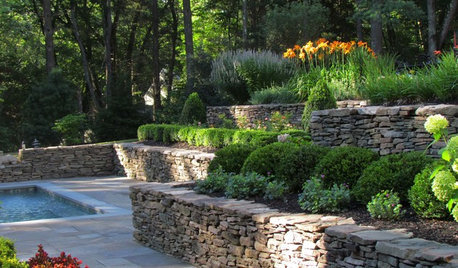
GARDENING AND LANDSCAPINGStep Up Your Garden Game With Terraced Plantings
We're going to level with you: Slopes in the landscape can be tricky. Use these ideas to create balance and harmony in your terraced beds
Full StoryMore Discussions






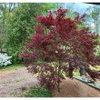
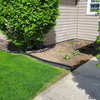


Yardvaark
alexhopper
Related Professionals
Lakeland Landscape Contractors · Brookside Landscape Contractors · Brookfield Landscape Contractors · Coeur d'Alene Landscape Contractors · Nashua Landscape Contractors · North Plainfield Landscape Contractors · Painesville Landscape Contractors · Pine Hills Landscape Contractors · Riverhead Landscape Contractors · San Carlos Park Landscape Contractors · New Carrollton Landscape Contractors · Sun Valley Landscape Contractors · South Miami Heights Decks, Patios & Outdoor Enclosures · Citrus Heights Swimming Pool Builders · Sacramento Swimming Pool Builderslyfia
NHBabs z4b-5a NH